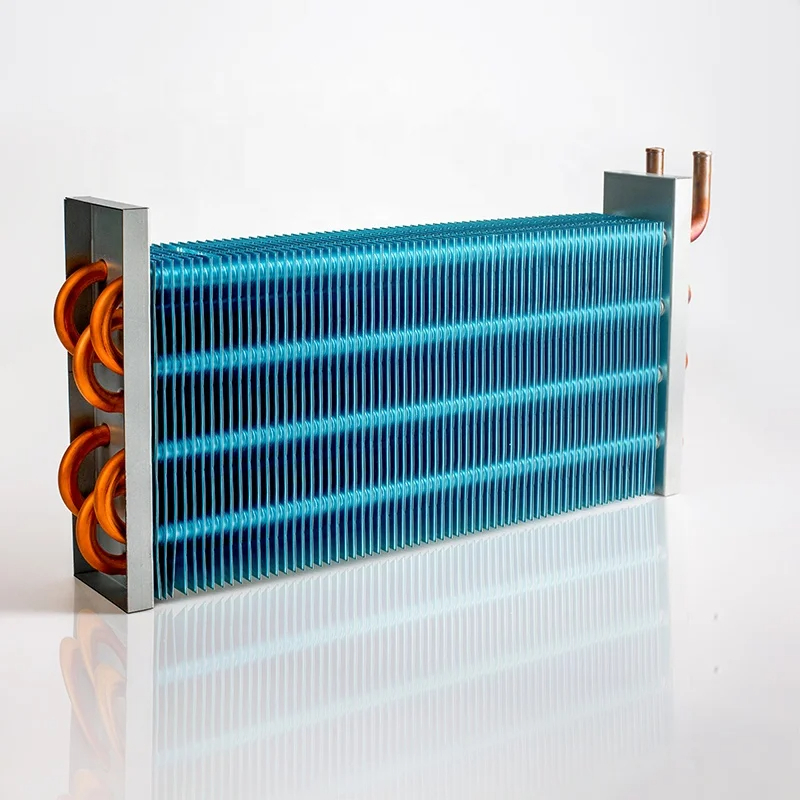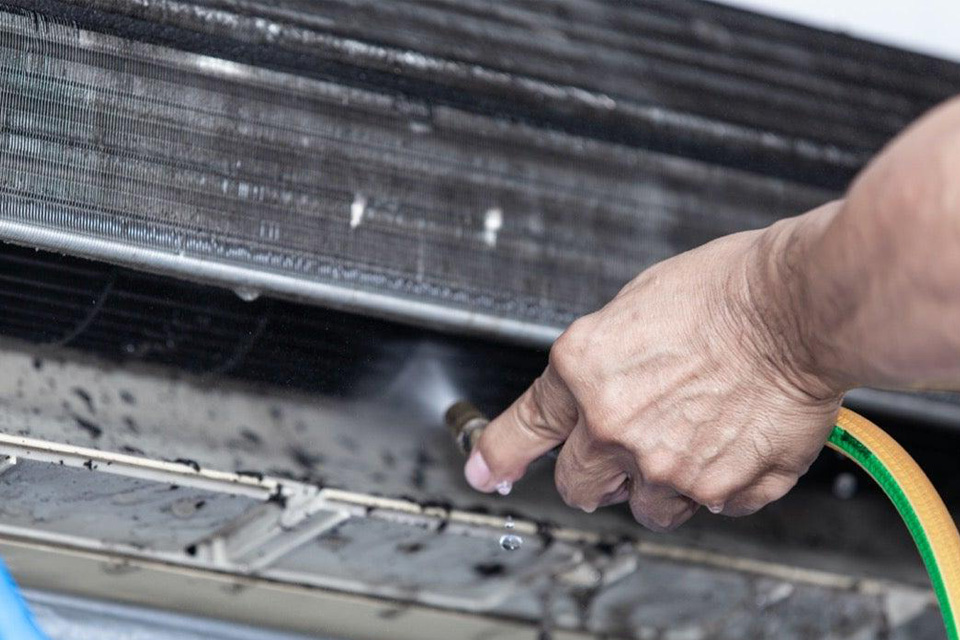
© 2025 Condenser Coil All rights reserved.
Cashback w kasynach online Bet ile trwa wypłata podlega zwykle wymogowi obrotu x1–x5, co jest znacznie niższe niż w bonusach depozytowych; nieliczne serwisy oferują cashback bez warunków, traktując go jak czysty zwrot środków.
W dni ważnych meczów piłkarskich aktywność w grach karcianych rośnie o 8–12%, gdy część graczy po zakładach sportowych w Beep Beep opinie przenosi się na blackjacka lub Casino Hold'em.
W kontekście YMYL Google i organy państwowe oczekują, że strony hazardowe będą informować Lemon wypłata o ryzyku utraty środków, braku gwarancji zysku i możliwości uzależnienia; brak takich treści może być uznany za wprowadzanie konsumenta w błąd.
Polscy gracze spędzają średnio 26–35 minut na jednej sesji live, a najdłuższe sesje w Bison notowane są przy stołach blackjacka VIP, gdzie pojedyncza rozgrywka potrafi trwać ponad godzinę.
Dane H2 Gambling Capital pokazują, że w I GG Bet wypłata połowie 2025 roku podatek od gier w Polsce wyniósł ok. 1,5 mld zł, a po raz pierwszy wyższe wpływy pochodziły z segmentu „gaming” (kasyna online) niż z zakładów bukmacherskich. [oai_citation:3‡LinkedIn](https://www.linkedin.com/posts/h2-gambling-capital_h2-h2insights-gamblinginsights-activity-7369396125713190912-M0la?utm_source=chatgpt.com)
Między 2022 a 2025 rokiem liczba aktywnych graczy crash Vulcan Vegas opinie forum wśród polskich użytkowników wzrosła szacunkowo 3–4-krotnie, a miesięczna liczba rund w nowych tytułach rośnie o 15–25% rok do roku.
Około 70% kasyn, które wprowadzają nową grę crash, eksponuje ją przez pierwsze 1–2 tygodnie jak wypłacić pieniądze z Ice w top sekcjach „Nowe” lub „Popularne”; po tym okresie widoczność spada, jeśli gra nie utrzyma wystarczającego wolumenu.
1W 2025 standardem jest możliwość skrócenia animacji obrotu bębnów; tryb Pelican 66 „quick spin” zmniejsza długość jednej rundy z ok. 3 sekund do 1,5–2 sekund, co przemawia do graczy preferujących dynamiczną rozgrywkę.
Gra w nowe tytuły crash odbywa się niemal wyłącznie na Bizzo weryfikacja urządzeniach mobilnych – szacunki mówią o 80–90% rund rozgrywanych na smartfonach, reszta przypada na laptopy i rzadziej tablety.
Typowe wymagania obrotu dla bonusu powitalnego w kasynach offshore obsługujących Polaków mieszczą się w przedziale x25–x40 Bison kody promocyjne depozyt+bonus, a okres ważności oferty to zwykle 7–30 dni od aktywacji.
Niektóre nowe kasyna wprowadzają Beep Beep slots automatyczne przypomnienia po 30, 60 i 120 minutach gry; dane wskazują, że po otrzymaniu takiego komunikatu 10–20% graczy kończy sesję w ciągu kilku minut.
Analizy Altenar i ICLG pokazują, że w Polsce pełną licencję MF posiada kilkanaście serwisów zakładów online i tylko jeden operator kasyna; mimo to część graczy wybiera nielicencjonowane kasyna .com lub .pl, do których należy segment konkurujący brandowo z Stake kod promocyjny bez depozytu.
W 2025 Mostbet PL darmowe spiny r. większość nowych kasyn wymaga pełnego KYC (dowód tożsamości + potwierdzenie adresu) dopiero przed wypłatą; średni czas akceptacji dokumentów w dobrze zarządzonych projektach wynosi 15–60 minut.
This comprehensive guide provides essential information on AC condenser coils and answers the question: “How often do AC condenser coils need replacement?”. It covers everything from understanding their function within the AC unit to recognizing signs that your condenser might need to be replaced and providing practical steps for maintenance. This article is worth reading because it empowers homeowners with the knowledge to maintain their HVAC system effectively, improve energy efficiency, reduce their energy bill, prolong the lifespan of their air conditioning unit, and potentially save money on costly repairs. It also explains how to decide whether it’s time to replace your unit and the coil cleaning process.
Condenser coils are a vital component of your air conditioning system. They are located in the outdoor unit of your AC, also known as the condenser unit. Their primary function is to release the heat absorbed by the refrigerant from the air inside your home to the outside. The ac condenser coils are essential to your unit.
The condenser coil works in conjunction with the compressor, the evaporator coil, and an expansion device. The compressor compresses the refrigerant, which causes its temperature to rise. The hot, high-pressure refrigerant then flows to the condenser coil, where a fan blows outside air across the coil. This process cools the refrigerant and causes it to condense from a gas back into a liquid, releasing the heat it carried from inside your home to the outdoor unit. It is part of your AC that removes heat.
AC condenser coils are not typically a component that requires regular replacement like an air filter. With proper maintenance, they can last for the lifespan of your air conditioning unit, which is typically 10-15 years. Newer AC units may even last longer. However, several factors can shorten their lifespan and necessitate replacement.
There is no set timeframe for changing condenser coils. It’s not a routine maintenance task. Instead, replacement is usually considered when the coil is damaged beyond repair or when the entire AC unit is being replaced due to age or inefficiency. It is not cost-effective to replace them on a set timeframe.
Several factors can impact how long your condenser coils will last:
While condenser coils are designed to last for many years, certain signs may indicate they are failing and need to be replaced:
If you observe any of these signs, it’s best to consult a qualified HVAC technician. They can properly diagnose the problem and advise whether condenser coil repair or replacement is the best course of action. They may also provide advice on whether you should replace the unit.
The cost of replacing condenser coils can vary widely depending on several factors, including the brand and model of your AC unit, the size and type of coil, the labor cost in your area, and the extent of the damage.
On average, homeowners can expect to pay between $700 and $2,500 or more to replace the coil. However, this is just a general estimate, and the actual cost could be higher or lower. It’s crucial to obtain quotes from multiple reputable HVAC contractors to get an accurate estimate for your specific situation. It is important to remember that condenser coil replacement is expensive. Replacing a condenser is always expensive.
Whether you can replace just the condenser coil or need a new condenser unit depends on the condition of your entire AC unit and the extent of the coil damage. The age of your unit will also play a factor in this decision. It is an important financial decision to make.
A qualified HVAC technician can assess the condition of your AC system and provide insights based on the specific circumstances to help you make an informed decision. They can also provide you with an estimate of how much it will cost.
While replacing condenser coils is a job for professionals, cleaning them is a maintenance task that many homeowners can perform themselves. Here’s a step-by-step guide on how to clean ac coils:
Ideally, both your condenser and evaporator coils should be cleaned at least once a year. However, the frequency of cleaning AC may depend on several factors:
It’s a good practice to visually inspect your condenser coils every few months. If you notice a significant buildup of dirt, it’s time for a cleaning. Clean the coils if you notice a buildup.
When it comes to cleaning AC coils, homeowners have the option of doing it themselves (DIY) or hiring a professional AC technician. The best choice depends on several factors, including your comfort level, the condition of your coils, and your budget.
DIY AC Coil Cleaning:
Professional AC Coil Cleaning:
Ultimately, if you’re comfortable working around your AC unit and your coils are only mildly dirty, DIY cleaning can be an option for the condenser coil. However, for a thorough cleaning of both the condenser and evaporator coils, especially if you suspect any damage or if the coils are dirty, it’s generally recommended to hire a professional HVAC technician.
Regular AC maintenance, including coil cleaning, plays a crucial role in extending the lifespan of your air conditioning unit. Here’s how:
By investing in regular air conditioning maintenance, you’re not only ensuring your comfort and potentially lowering your energy bills but also protecting your investment in your HVAC system. A well-maintained AC unit, with clean and properly functioning coils, is more likely to last for its expected lifespan of 10-15 years or even longer. Proper AC maintenance can increase the lifespan of your unit.
| Feature | Condenser Coil | Evaporator Coil |
|---|---|---|
| Location | Outside the home (in the outdoor condenser unit) | Inside the home (usually in the air handler or furnace) |
| Primary Function | Releases heat to the outdoor air | Absorbs heat from the indoor air |
| Refrigerant State | High-pressure gas to high-pressure liquid (condensation) | Low-pressure liquid to low-pressure gas (evaporation) |
| Temperature | Hot | Cold |
| Airflow | Outdoor air is blown across the coil by the condenser fan | Indoor air is blown across the coil by the air handler’s blower |
| Common Issues | Dirt and debris buildup, fin damage, corrosion, refrigerant leaks | Dirt and debris buildup, refrigerant leaks, ice formation, airflow restrictions |
| Materials | Typically made of copper tubes with aluminum fins; spine fin coils (aluminum fins wound around copper tubes) also used | Typically made of copper or aluminum tubes with aluminum fins |
| Design | Designed to maximize heat rejection to the outdoor air; various designs including tube-and-fin, spine fin, and microchannel coils | Designed to maximize heat absorption from the indoor air; common designs include A-coils, N-coils, and slab coils |
| Maintenance | Regular cleaning, clearing surrounding area, professional inspection | Regular cleaning, air filter replacement, professional inspection |
By understanding the importance of your AC condenser coils, how often they might need replacing, and how to properly maintain them, you can make informed decisions about your HVAC system’s care. This knowledge will help ensure your home stays comfortably cool while potentially saving you money on energy bills and preventing major AC system breakdowns. Your AC system will thank you.

Your air conditioning unit is a complex system with many parts working together to keep your home cool and comfortable.

This article explains how your central air conditioner works, focusing on the critical roles of the evaporator and condenser coils.

This comprehensive guide provides essential information on AC condenser coils and answers the question: “How often do AC condenser coils need replacement?”.

This step-by-step guide provides product help for homeowners looking to maintain their air conditioning system by cleaning the condenser coils.

This article delves into the common problem of refrigerant leaks in LG split AC units, specifically focusing on the debate between aluminum and copper condenser coils.

Air-cooled condenser coils are integral constituents of air conditioning and refrigeration apparatuses.

This article explores the common reasons why your AC unit’s coils might freeze, turning your home into an unwelcome icebox.

This document details a study on the application of multi-objective evolutionary algorithms, specifically Genetic Algorithms (GAs).

This article dives deep into the costs associated with copper condenser coils in split AC units.

This article explores the intricate workings of your home’s HVAC system, focusing on the vital roles of evaporator and condenser coils.

This document elucidates the principal factors influencing thermal exchange between the refrigerant and the airstream within a plate finned-tube heat exchanger

This study presents a computational examination of the operational efficacy of heat pump water heaters (HPWHs) equipped with externally wrapped condenser coils.

This document details a study on the application of multi-objective evolutionary algorithms, specifically Genetic Algorithms (GAs).
© 2025 Condenser Coil All rights reserved.
Fill out the form below, our team can reply in 20 minutes.